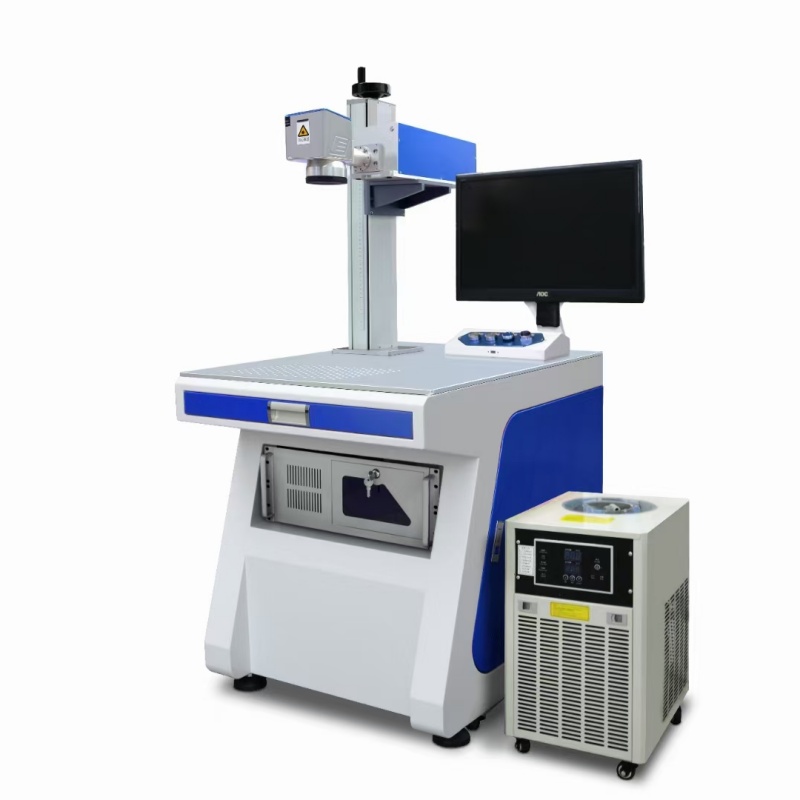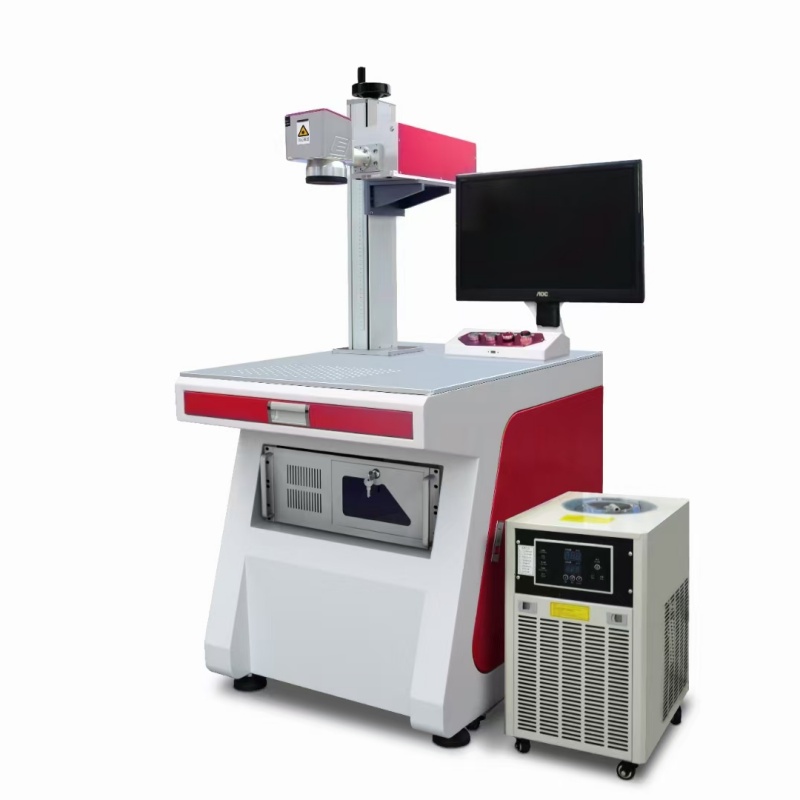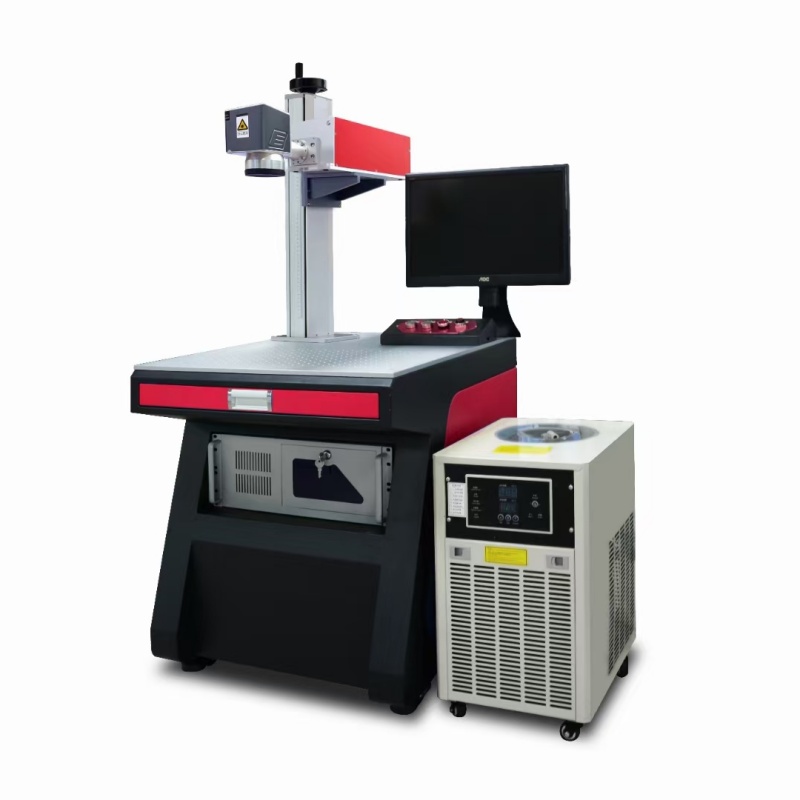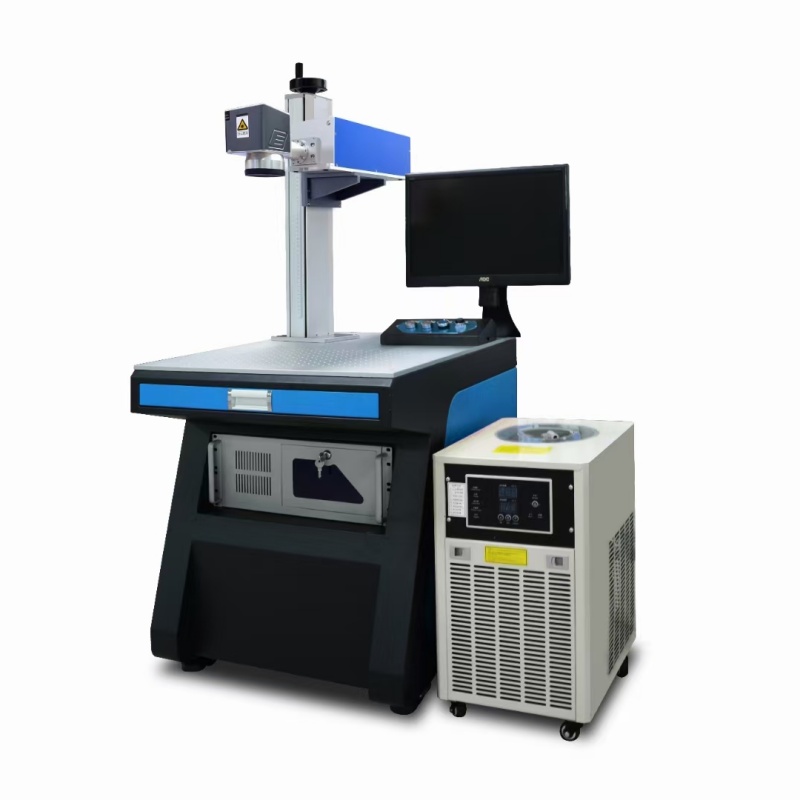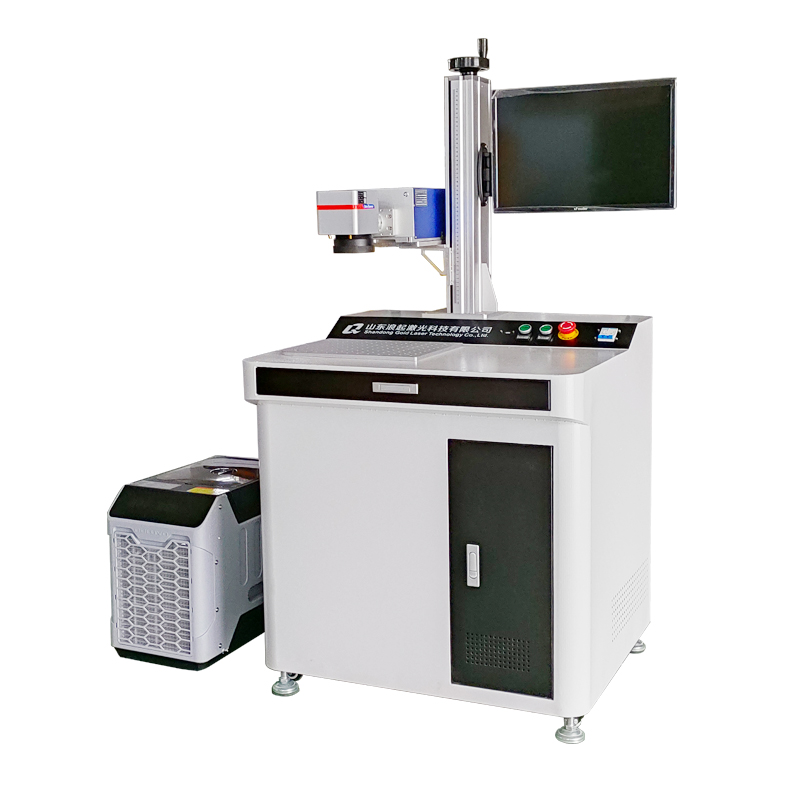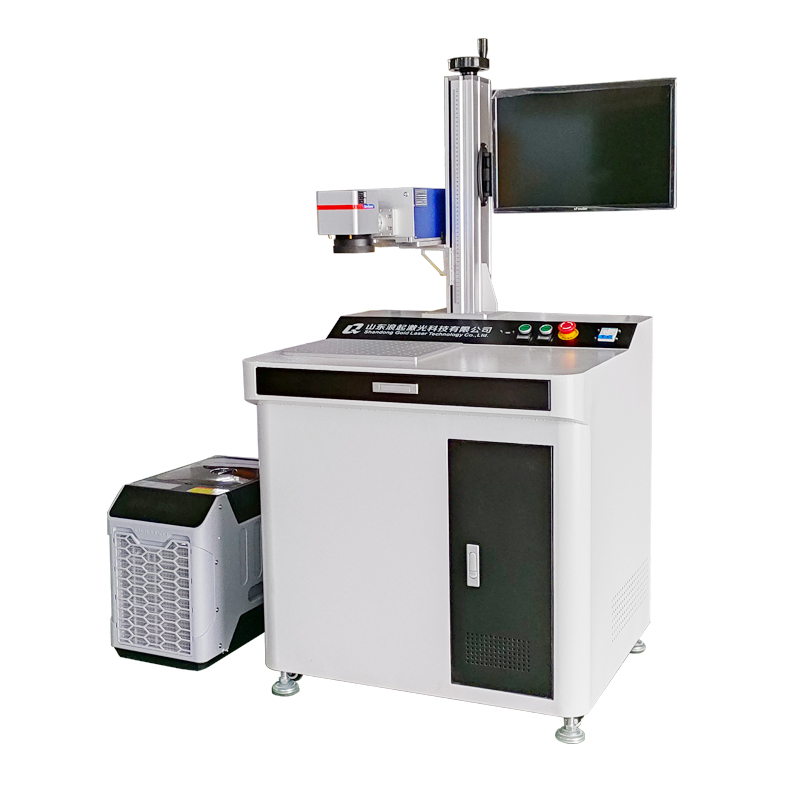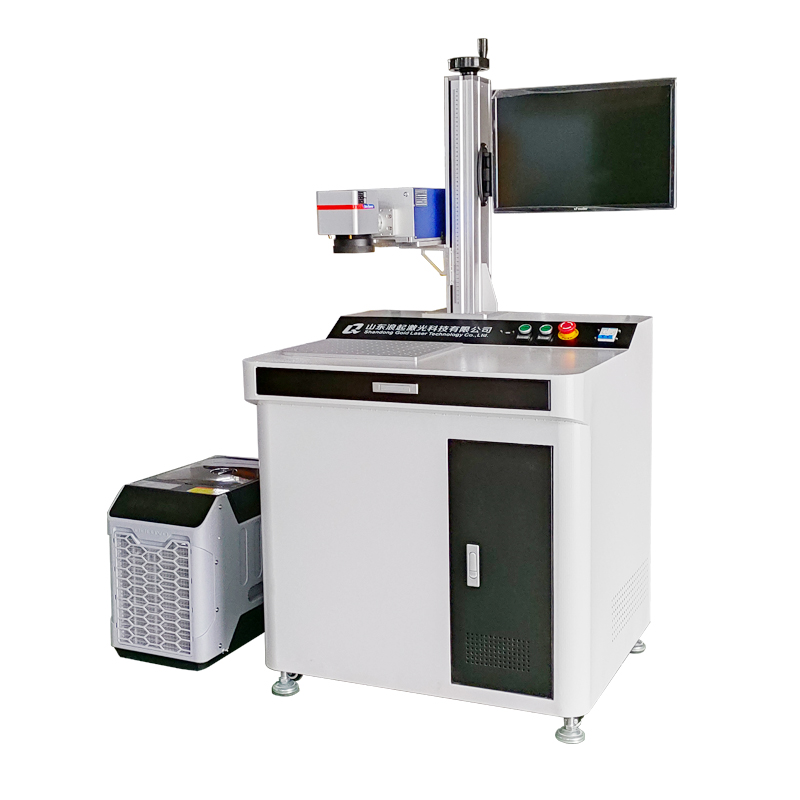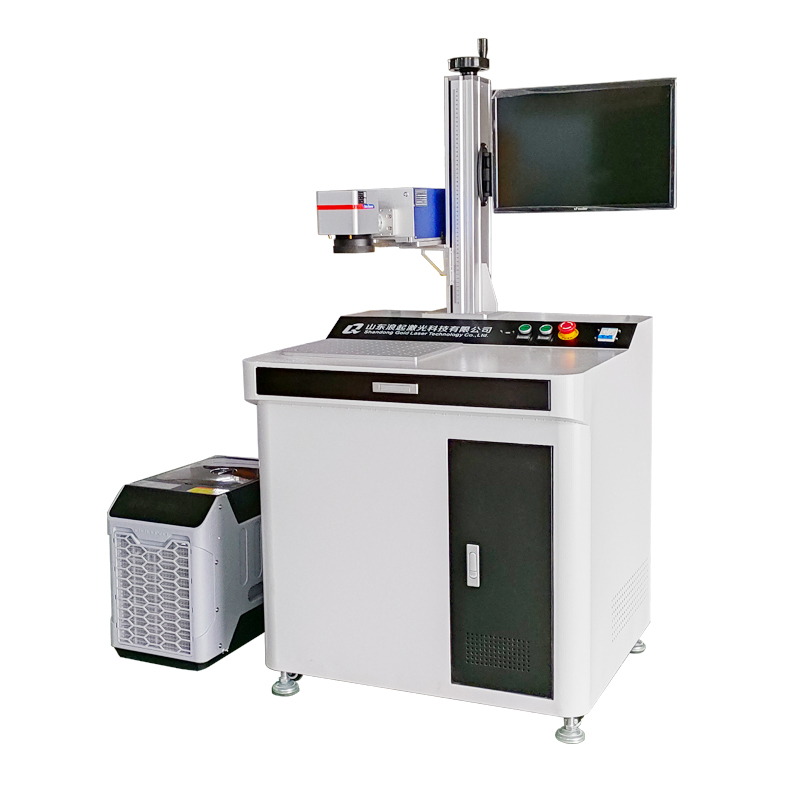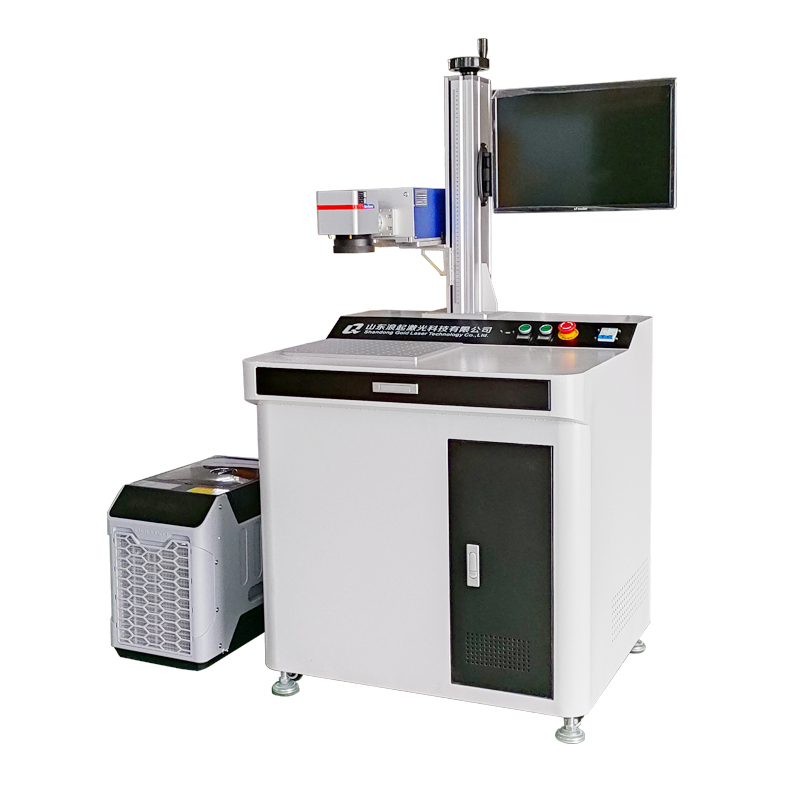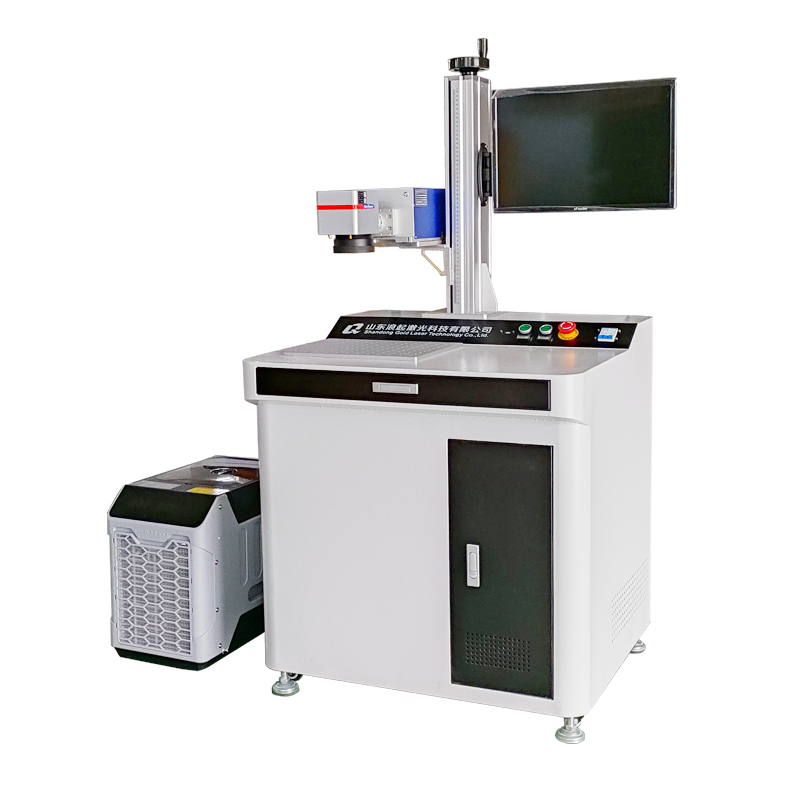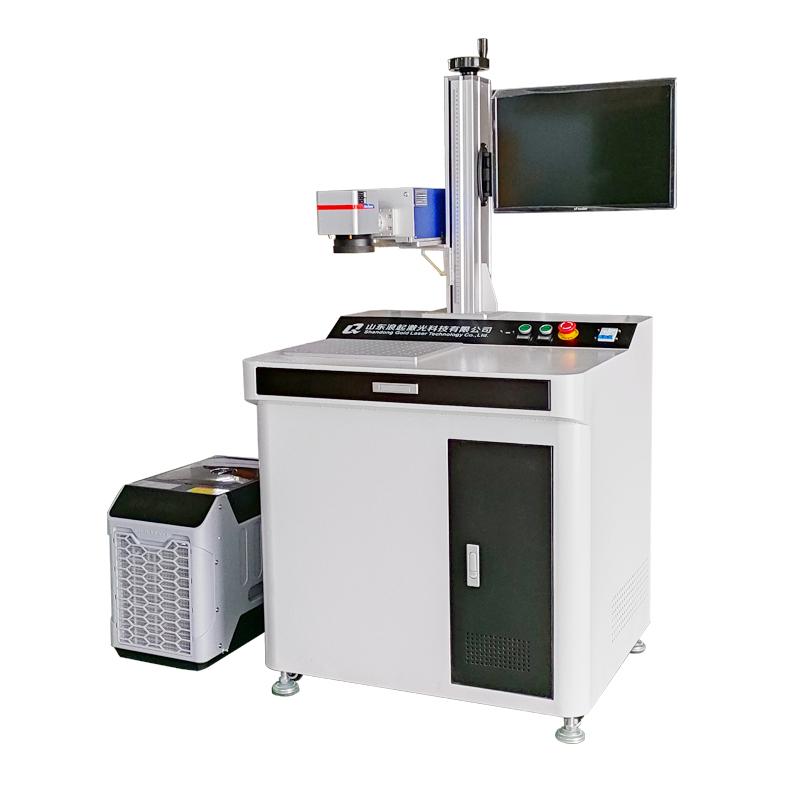The primary differences between a 5W and a 10W UV laser marking machine lie in their laser power, marking speed, depth, and application suitability. Here’s a detailed comparison:
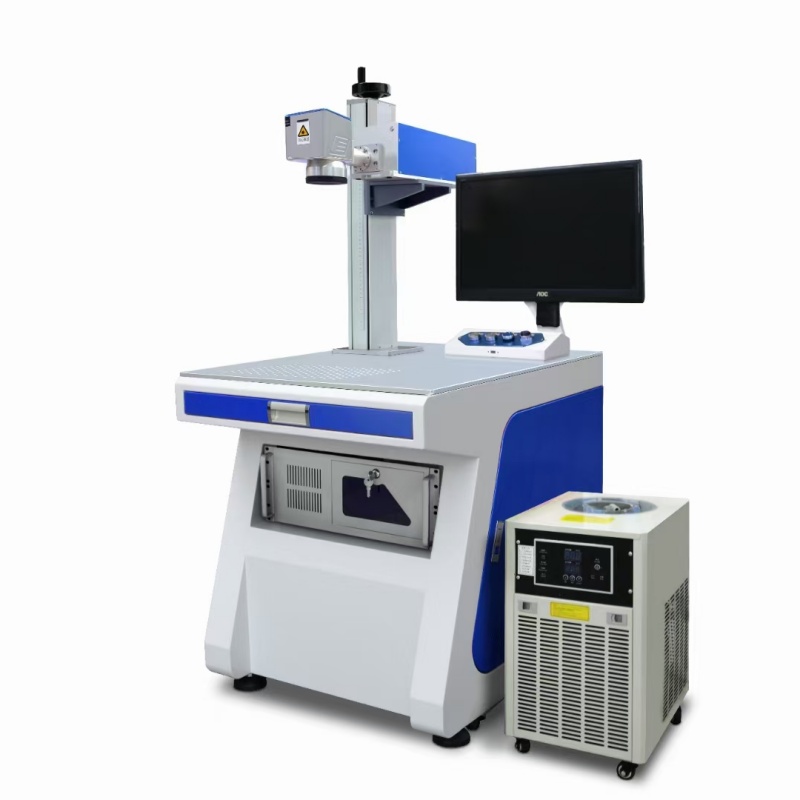
1. Laser Power & Energy Output
5W UV Laser: Lower power, suitable for fine, high-precision markings on sensitive materials.
10W UV Laser: Higher power, delivers faster and deeper markings, ideal for tougher materials.
2. Marking Speed
5W: Slower marking speed due to lower energy output.
10W: 2x faster (approximately) due to higher power, improving production efficiency.
3. Marking Depth & Contrast
5W: Produces shallow, high-contrast markings, best for delicate surfaces (e.g., glass, plastic, PCB).
10W: Can achieve slightly deeper engravings while maintaining high contrast, useful for harder materials.
4. Material Compatibility
5W: Best for heat-sensitive materials:
Plastics (ABS, PVC)
Glass & ceramics
Electronic components (PCB, silicone)
Thin films & foils
10W: Handles harder & thicker materials:
Metals (with limited depth)
Hard plastics (nylon, polycarbonate)
Medical devices & packaging
5. Cost & Longevity
5W: Lower initial cost, but slower for mass production.
10W: Higher upfront cost, but more cost-effective for high-volume marking due to faster speeds.
6. Precision & Beam Quality
Both offer high precision (UV lasers have a 355nm wavelength), but:
5W: Slightly finer details due to lower thermal impact.
10W: Maintains good precision but may have marginally more heat diffusion.

